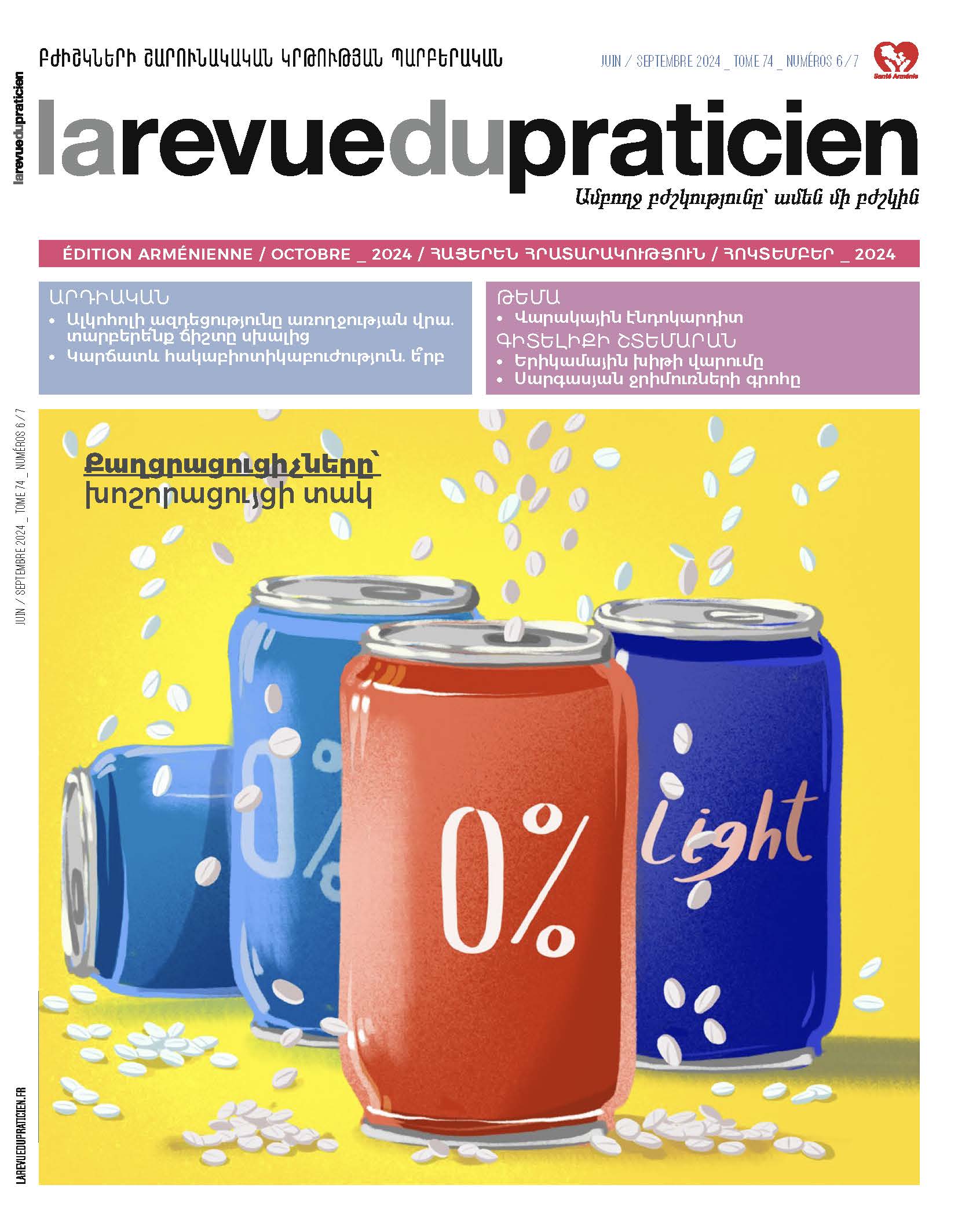When should short-term antibiotic therapy be chosen? 14
Emma D'Anglejan, Frédérique Bouchand, Aurélien Dinh.Abstract
Reducing antibiotic exposure by shortening treatment duration is a public health priority that could mitigate the emergence of bacterial resistance, minimize adverse effects, and lower costs. Additionally, a short yet effective antibiotic regimen is associated with improved patient compliance and satisfaction. Several trials in recent years have confirmed the efficacy of shorter treatment durations. For instance, five days of antibiotics are sufficient for uncomplicated pyelonephritis, while seven days suffice for non-febrile urinary tract infections in males. However, a 14-day regimen appears necessary for febrile urinary tract infections in men. A study examining a five-day treatment period found no difference compared to a 10-day regimen for skin and soft tissue infections. In acute community-acquired pneumonia, two randomized trials found three days of beta-lactam therapy to be effective. In intra-abdominal infections, durations ranging from four to eight days were found to be non-inferior to 15-day courses in two trials. Regarding osteoarticular infections, six weeks are adequate for spondylodiscitis, whereas 12 weeks are required for prosthetic joint infections. These findings validate shorter treatment durations across many clinical scenarios. However, in rare conditions such as febrile male urinary tract infections and prosthetic joint infections, shortening the duration may not be feasible. It is imperative to prescribe the shortest effective antibiotic duration possible in routine medical practice to combat antibiotic resistance.
MeSH :
Anti-Bacterial Agents/administration and dosage,
Anti-Bacterial Agents/therapeutic use,
Bacterial Infections/drug therapy,
Drug Administration Schedule,
Humans,
Male,
Time Factors,
Urinary Tract Infections/drug therapy.
Keywords :
Anti-Bacterial Agents.
